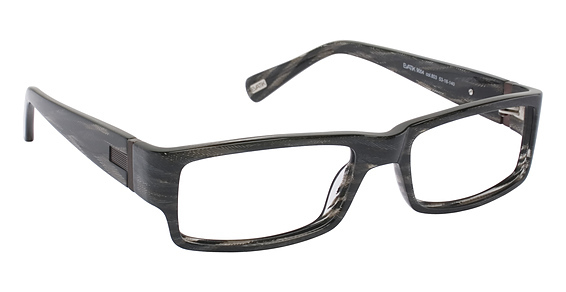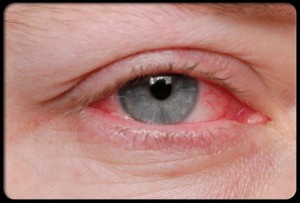I hope this is the peak of the allergy season and the air clears soon. There are a lot of people suffering from itchy watery eyes. Besides locking yourself indoors or wearing goggles to avoid the cause of seasonal allergies there are a few things you can do.
- Wear sunglasses outdoors to minimize exposure to wind
- Start using an allergy drop with mast cell inhibitors to reduce the allergic response. At your next visit to Westside Optometry we can write a prescription and make recommendations.
- Rinse your eyes with cool, sterile saline. This soothes and rinses out allergens.
- If you wear contact lenses, consider switching to glasses temporarily. Pollen and irritants stick to the lens creating more time for the eye to react to them. The glasses will create a barrier between the eye and wind too.
- Do not rub your eyes! This will only create more of a reaction and cause swelling. Instead put ice cubes in a washcloth and gently rest on closed eyes to soothe them.
Allergies are so common in Petaluma, I wrote about them in April, Eye Allergies. If you suffer all year long, I have more information about indoor allergies such as dust and animal dander, too. Your Eyes and Allergies









